
Tennis Elbow Treatment—Asheville, NC
Lasting Relief From Chronic Elbow Pain
You don’t need a killer serve or strong backhand to develop Tennis Elbow—in fact, most suffers don’t even play the game! Because this is a fairly common condition, Dr. James Pinkston has a proven method of diagnosing it, and then he can offer a wide selection of proven treatments to help a patient get the relief they need right away.
What is Tennis Elbow?
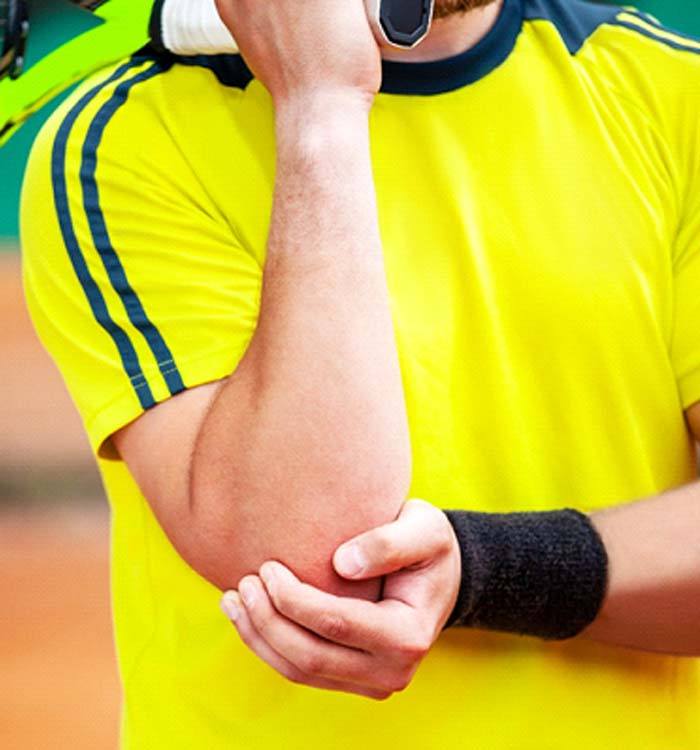
Also known as lateral epicondylitis , Tennis Elbow is characterized by the outside of the elbow becoming painful, stiff, and noticeably swollen. This pain is concentrated on the large bone on the outside of the elbow and can extend into the forearm and wrist. Motions like gripping or twisting the wrist can be very uncomfortable, and someone’s grip can start to weaken over time without treatment.
What Causes Tennis Elbow?
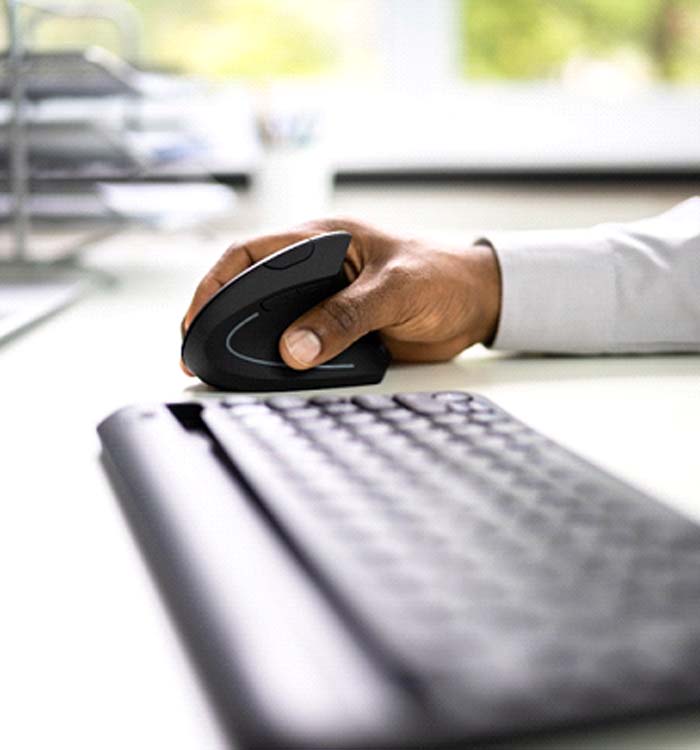
Tennis Elbow is primarily caused by overuse of the muscles on the back of the forearm. The forearm muscles and tendons that connect them to the elbow develop small microtears, leading to pain and inflammation. It is a degenerative condition, meaning it will only get worse without intervention.
While fairly common for athletes who play racket sports (hence the name), it stems from making the same forearm and wrist movements over and over again. This is why many people in construction, manufacturing, and manual labor jobs have Tennis Elbow. Activities like turning a doorknob, using a manual screwdriver, or using a mouse for several hours a day can cause symptoms and pain to flare up.
What Are the Symptoms of Tennis Elbow?
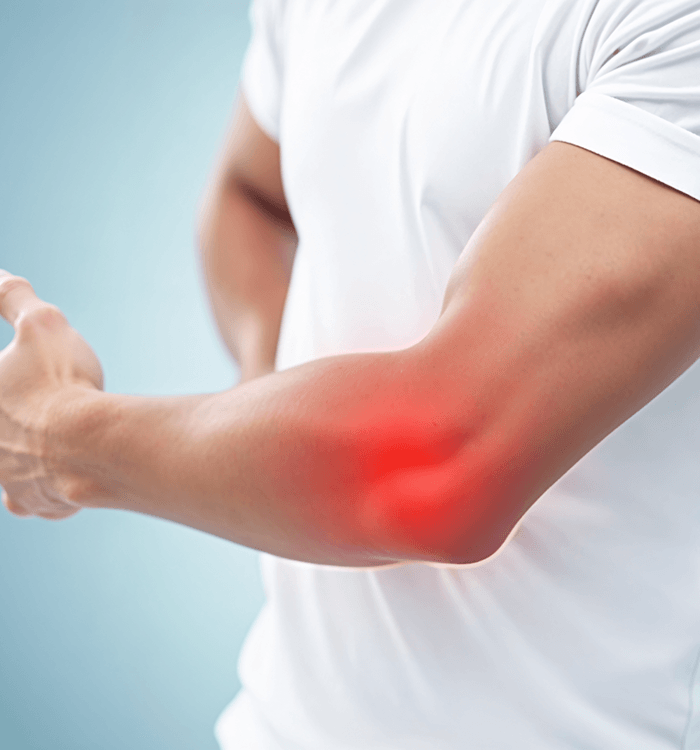
Although it is essential to consult a qualified doctor for an official diagnosis of tennis elbow, you will notice some signs and symptoms that could indicate you have this type of injury. If you believe you have tennis elbow, Dr. Pinkston and our team can help you find out if your suspicion is correct. In the meantime, you should look out for the following warning signs that may indicate the need for professional evaluation and care:
Elbow Pain

One of the most noticeable and obvious symptoms associated with tennis elbow is pain on the outside of the elbow. This pain may occur when inflammation or injury to the lateral epicondyle are present.
In many circumstances, the pain associated with early stages of tennis elbow is intermittent. As the condition progresses, the pain may shift from being intermittent to a more constant pain, affecting daily activities. In more advanced stages, you might experience pain radiating down your forearm, intensifying the discomfort and making it more difficult to manage. This escalation of symptoms can have a significant impact on your ability to move your arm freely and engage in physical tasks.
Stiffness

"Stiffness" refers to the resistance an object or body part gives when force is applied, indicating limited flexibility or having difficulty with specific movements. This sensation is often caused by inflammation and damage to the elbow joint, tendons, and surrounding muscles.
In the morning, your elbow may feel more rigid or harder to move, but while the stiffness may improve throughout the day, it’s important not to ignore it. If left untreated, just like other symptoms of tennis elbow, the stiffness can become more persistent and worsen over time.
Swelling

Swelling in the elbow is often a result of tendon injuries, which trigger inflammation. Inflammation is a vital part of the healing process when injuries occur, but it can also lead to limited mobility and function in the elbow, increased discomfort and potentially lead to long-term tendon damage or chronic pain if not addressed. While acute inflammation is necessary for recovery, it can become problematic if it persists for an extended period. If left untreated or inadequately addressed, as is often the case with tennis elbow, this prolonged inflammation can hinder proper healing and exacerbate symptoms.
A Weak Grip
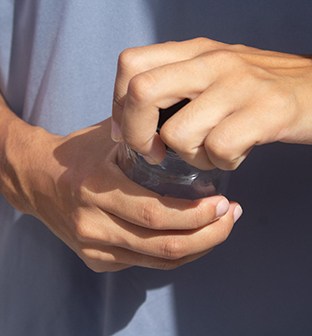
Different parts of the human body are interconnected in numerous ways, so it is no surprise that an injury in your elbow can also impact your grip. Tennis elbow specifically affects the muscles and tendons that connect your forearm to the outer part of your elbow. These tissues also play a crucial role in finger movement and wrist extension. As a result, tennis elbow can make everyday tasks painful or difficult to perform. For instance, activities such as opening jars or gripping the steering wheel may become nearly impossible, significantly affecting your daily life and mobility. Prolonged dysfunction can lead to further limitations in movement and strength, making early intervention essential for recovery.
How is Tennis Elbow Diagnosed?
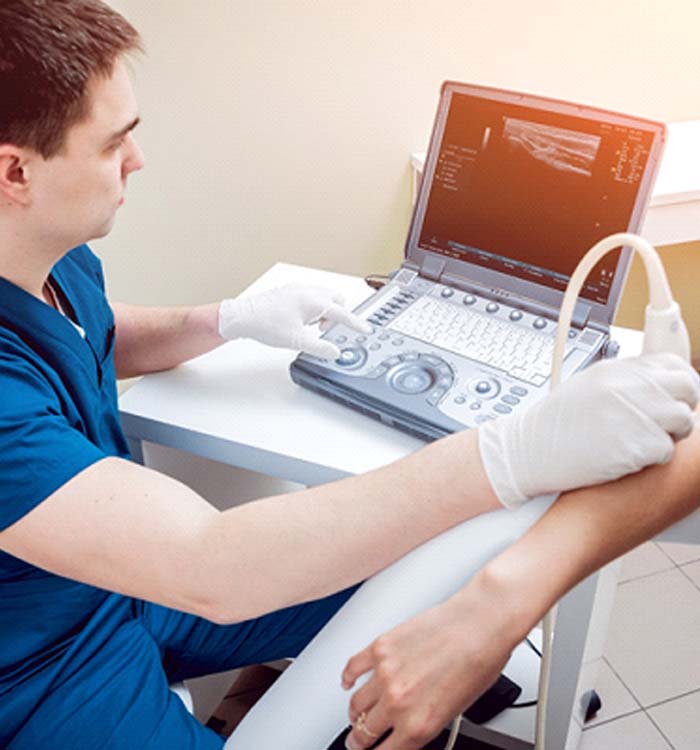
Dr. James Pinkston uses a few different methods to determine whether or not a patient is dealing with Tennis Elbow. First, he takes a history, learning about what activities the patient regularly engages in, and then he performs a physical exam. After that, he uses medical imaging, such as X-rays and diagnostic ultrasound, to find the root cause of someone’s pain. This approach allows him to rule out any other potential causes so he can recommend the most effective treatment.
How is Tennis Elbow Treated?
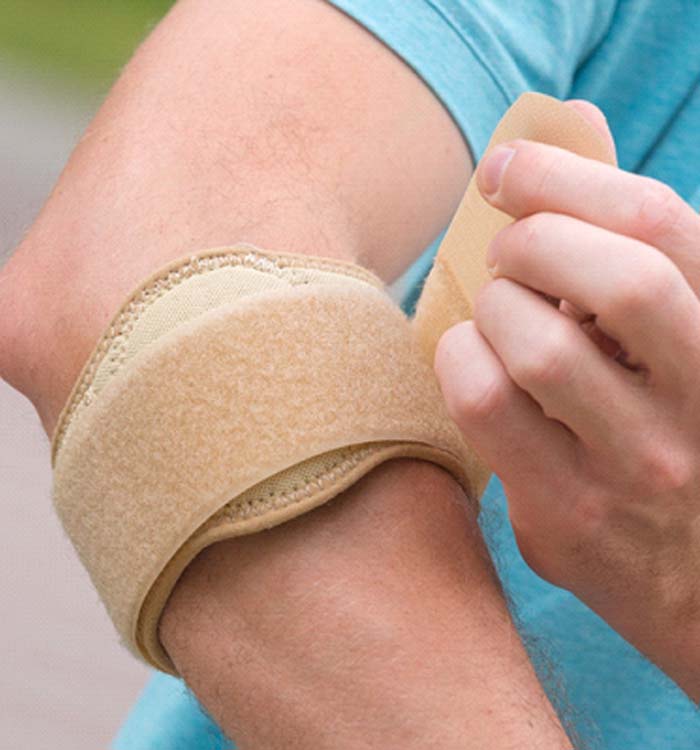
There is a wide spectrum of treatments that can be helpful for those with Tennis Elbow. The simplest includes rest, bracing, and taking anti-inflammatory medications. While this can help with minor cases, for more severe situations, or for patients who can’t take time away from the activity that is causing the condition, Dr. Pinkston can recommend a more robust technique.
This may involve injecting the area with PRP, prolotherapy/Prolozone, or biologic cells from a patient’s body. These act to focus and stimulate the healing response in the particular area where the damage has occurred. The big advantages of these methods are that they work very quickly, plus they allow a patient to live their life without interruption while still addressing their condition in a very effective way.
With the appropriate treatment, physical therapy, and rest, a patient can fully recover from Tennis Elbow. After that, activity modification and taking breaks when needed can prevent it from coming back.
Tennis Elbow FAQs
Is Elbow Pain Always Caused by Tennis Elbow?
Tennis elbow is the most common diagnosis among patients who experience:
- Pain in the side of the elbow.
- Pain that increases when pressure is applied to the side of the elbow.
- Pain that occurs when the wrist or fingers are flexed.
Of course, tennis elbow is not the only explanation for such symptoms. That is why it is important to consult with a qualified musculoskeletal physician rather than jump to conclusions about your condition.
Can Tennis Elbow Be Treated with Home Remedies?
Some cases of tennis elbow respond very well to at-home remedies. You might try the following:
- Rest your arm, fingers, and elbow as much as you can.
- Periodically apply ice to reduce swelling.
- Use a brace to apply compression and reduce muscle strain.
- Avoid gripping things firmly with your affected arm.
Of course, even with such measures, you may still need professional care to speed up your body’s healing process and reduce your pain as quickly as possible.
How Long Does Tennis Elbow Last?
How long your case of tennis elbow lasts will depend on a few factors, including your age, your overall health, the extent of the damage to your muscles, and how well you comply with treatment instructions from Dr. Pinkston.
Some cases heal nicely within 6 – 8 weeks, whereas other cases of tennis elbow might go on for several months or longer. Our team will do all we can to make sure you enjoy an efficient healing experience.
What Are the Risk Factors for Developing Tennis Elbow?
Tennis elbow occurs most frequently in people who:
- Play racket sports.
- Have a job that involves a lot of hand and arm motions. (For example, painters, cleaners, chefs, and manicurists are all at risk of developing tennis elbow.)
- Regularly lift more than 45 pounds.
- Are obese.
- Smoke cigarettes.
- Are over 40 years old.
How Can I Prevent Tennis Elbow?
You can reduce your risk of developing this condition by being careful to avoid overuse of your arm and elbow. Of course, depending on your career, that might be challenging. Here are some other measures that might prove helpful:
- Always wear the right protective gear for your profession or sport.
- If you start to experience pain, do not push through it — get some rest!
- Stretch and warm up before playing sports or working out.
- Try to manage your weight.
- Eat a healthy diet that minimizes inflammation and supports muscle health. For example, protein provides the building blocks for tissue repair, and omega-3 fatty acids have powerful anti-inflammatory properties.